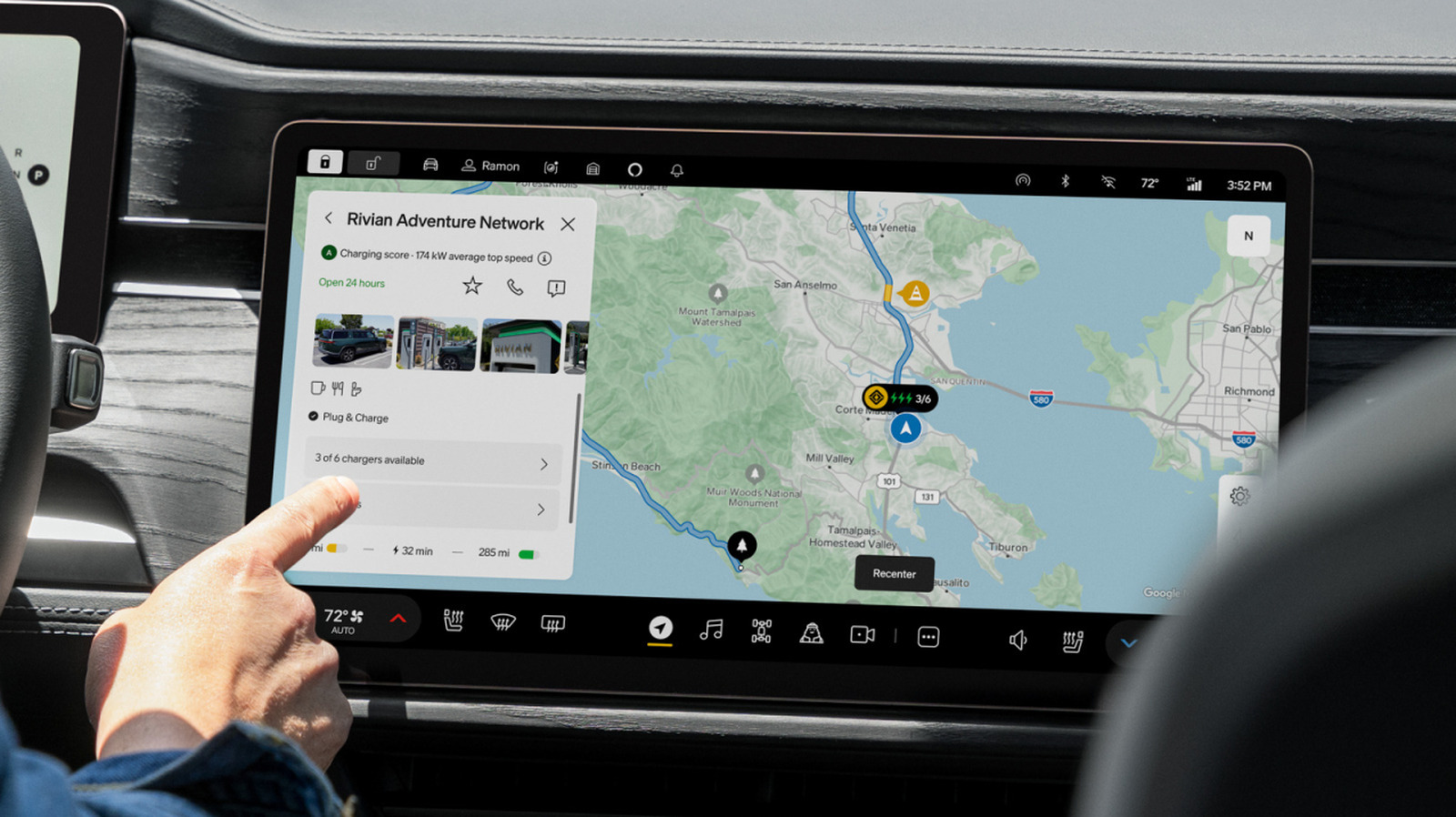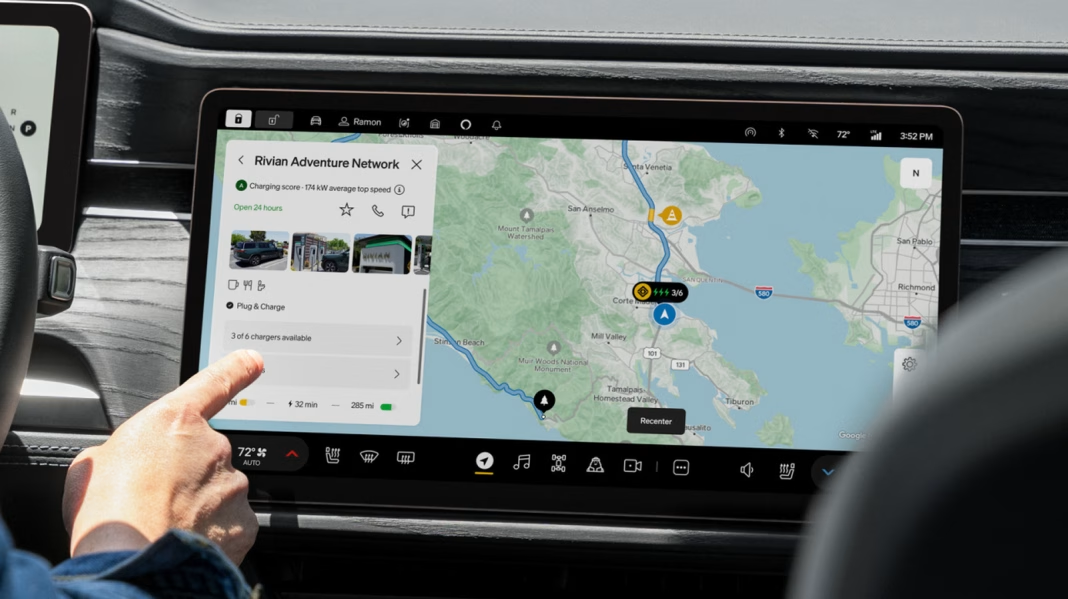What Does Google Maps Integration Mean for Rivian Drivers?
If you’re behind the wheel of a Rivian R1S or R1T, you might have noticed something new lighting up your dashboard. Google Maps integration is officially rolling out, and it’s more than just a cosmetic update. For Rivian owners, this means a navigation experience that feels instantly familiar, but with a few clever twists tailored to electric vehicles.
Why Are Rivian Owners Excited About This Update?
Let’s be honest—navigation systems in cars can be hit or miss. Some are clunky, slow, or just plain confusing. Google Maps, on the other hand, is a household name for a reason. It’s fast, reliable, and constantly updated with real-time traffic data. For Rivian drivers, this update means you can finally stop juggling your phone and the built-in system. Everything you need is right there on your vehicle’s display, including live rerouting, up-to-date points of interest, and even EV-friendly route planning.
How Does Google Maps Help With EV-Specific Needs?
Electric vehicles come with their own set of challenges, especially when it comes to planning longer trips. Range anxiety is real, and nobody wants to be left searching for a charging station with 2% battery left. Google Maps for Rivian isn’t just a copy-paste of the phone app—it’s been tweaked to factor in your vehicle’s current charge, driving habits, and even elevation changes. The system can suggest charging stops along your route, estimate how much battery you’ll have left at your destination, and help you avoid those white-knuckle moments on the highway.
What About Apple CarPlay—Is It Still Missing?
This is the elephant in the room for a lot of drivers. Rivian still hasn’t added Apple CarPlay, and for iPhone loyalists, that’s a sore spot. But with Google Maps now baked into the native system, the gap is a little less painful. You get most of the core navigation features you’d expect, and the interface is designed to be distraction-free and easy to use. Still, if you’re deep in the Apple ecosystem, you might miss a few features. The hope is that this update is a step toward broader integration down the line.
Will This Change How You Plan Road Trips?
Absolutely. Before this update, planning a cross-country trip in a Rivian required a bit of homework—checking charging networks, estimating range, and hoping the in-car navigation didn’t steer you wrong. Now, with Google Maps, you get a more seamless experience. The system can highlight charging stations compatible with your vehicle, show real-time availability (where supported), and even suggest the fastest or most energy-efficient routes. It’s like having a co-pilot who knows every shortcut and pit stop along the way.
Are There Any Drawbacks to the New Navigation?
No update is perfect. Some users may notice a learning curve as they adjust to the new interface, especially if they were attached to the old system. And while Google Maps is robust, it’s still not a full replacement for Apple CarPlay or Android Auto for those who want deep smartphone integration. Privacy-conscious drivers might also want to review their data sharing preferences, since Google Maps does collect location data to provide its services.
What’s the Real-World Impact for Daily Driving?
For most Rivian owners, the change will be subtle but meaningful. Commutes get a little easier. Weekend getaways feel less stressful. And the little details—like seeing the latest restaurant openings or getting a heads-up about road closures—make everyday driving smoother. It’s not just about getting from point A to point B; it’s about making the journey feel effortless.
The big takeaway? Navigation isn’t about perfection—it’s about smarter adjustments. Start with one change this week, and you’ll likely spot the difference by month’s end.


